Horror in the Skies: When 242 Dreams Turned to Nightmare
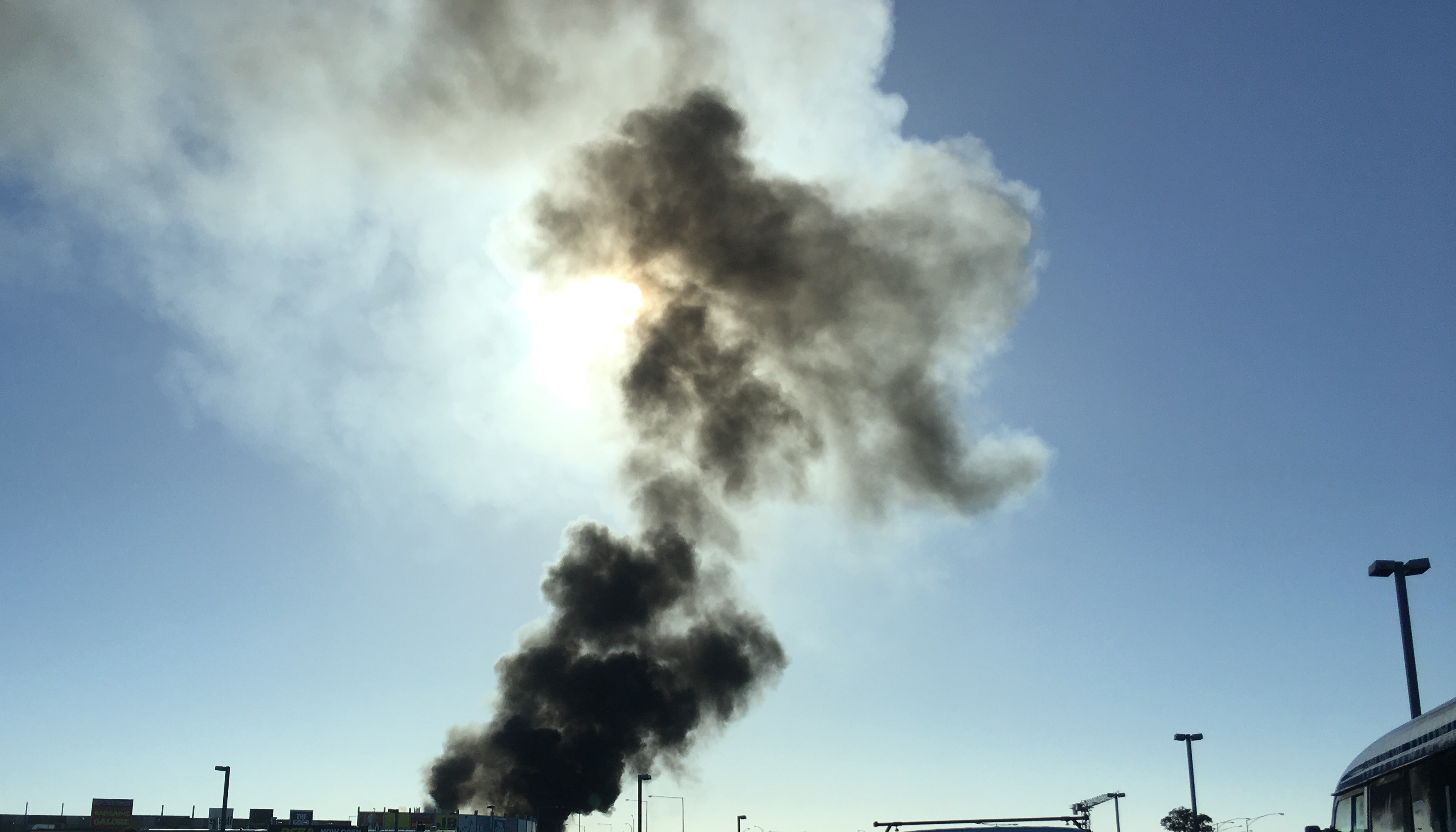
Imagine boarding a plane thinking about your London holiday, maybe checking your boarding pass one last time, settling into your seat – and then everything changes in an instant. An Air India aircraft carrying 242 passengers crashed during take-off in Meghani, Ahmedabad, on Wednesday, with the Boeing 787-8 Dreamliner being en route from Ahmedabad to London. The crash occurred when the aircraft was taking off, with visuals showing debris on fire and thick black smoke rising up into the sky near the airport. What started as another routine international flight has become a devastating reminder that aviation safety remains a constant battle. Emergency services rushed to the site, with the incident triggering a massive emergency response and rescue and relief teams rushing to the crash site. The images emerging from Ahmedabad tell a story that no passenger should ever experience – thick plumes of black smoke, emergency vehicles racing across tarmac, and families left wondering about their loved ones.
The Aircraft That Shouldn’t Have Failed
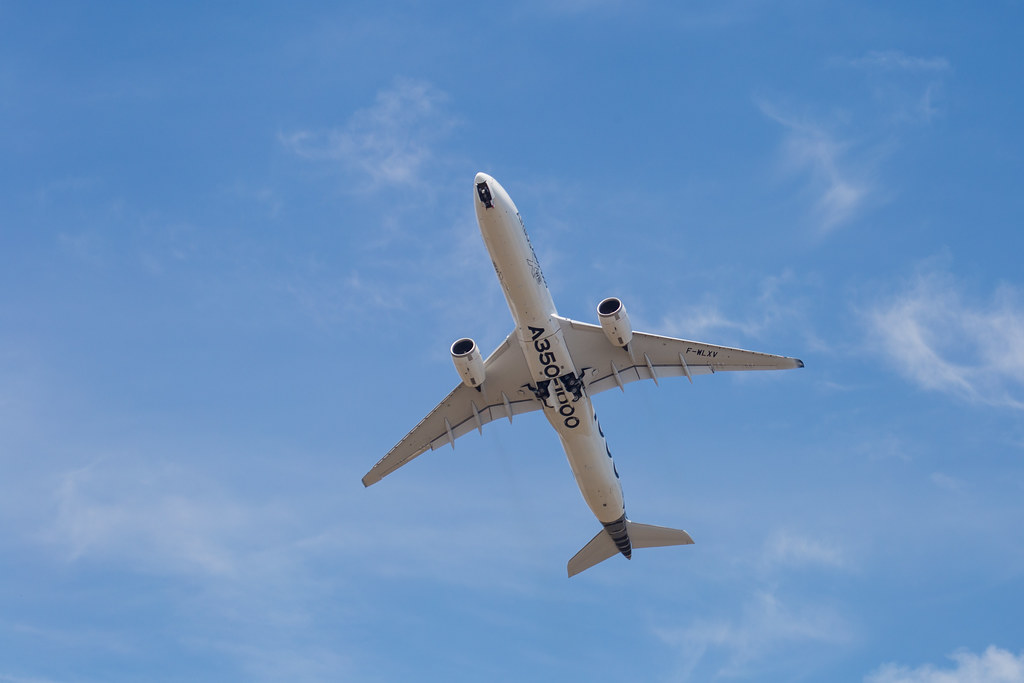
The aircraft involved was a Boeing 787-8 Dreamliner with registration number VT-ANB, which lost contact with radar at 08:08:51 UTC — just seconds after liftoff. Here’s what makes this crash particularly shocking: the Boeing 787 Dreamliner is supposed to be one of the safest, most modern aircraft in the sky. Air India received its first Boeing 787 Dreamliner aircraft on 6 September 2012, commencing flights on 19 September 2012, which along with 777s, have since replaced the aging and fuel-inefficient 747s in the fleet of international routes. This wasn’t some old, creaky plane that airlines keep running on borrowed time. An early customer of the 787, Air India took delivery of its first Dreamliner eight years ago, and since then, the airline has used the new generation aircraft to fly popular routes in Europe and Asia, as well as domestic hops. The Dreamliner was built with cutting-edge technology, composite materials that make it lighter and more fuel-efficient, and safety systems that were supposed to prevent exactly this kind of catastrophe. Yet here we are, watching rescue teams pull survivors from burning wreckage.
Seconds From Takeoff to Catastrophe
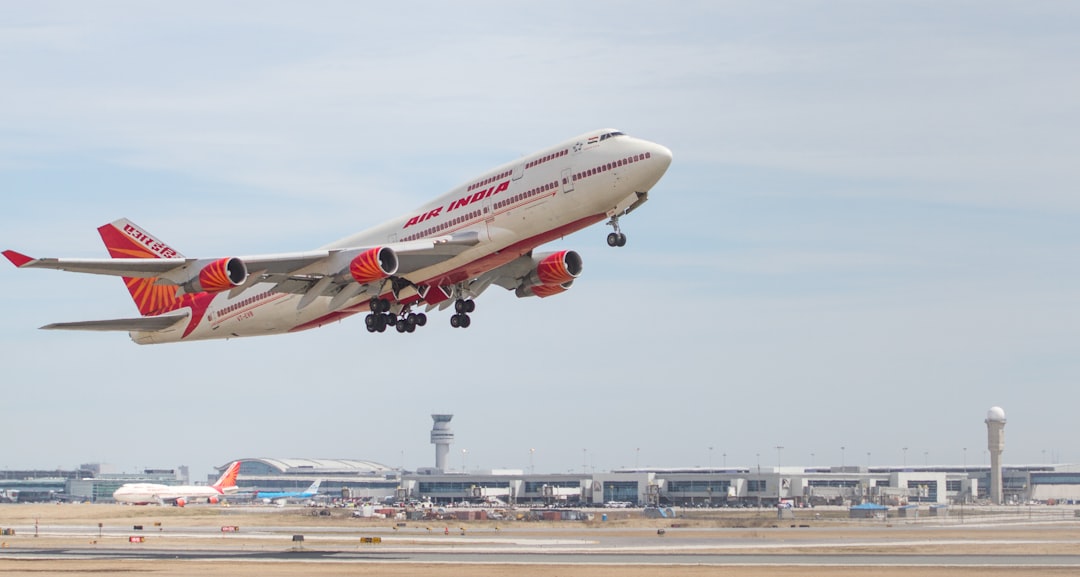
The Directorate General of Civil Aviation (DGCA) has confirmed that Air India’s Boeing 787 aircraft, registration VT-ANB, operating flight AI-171 from Ahmedabad to Gatwick, crashed shortly after take-off from Ahmedabad, with the aircraft carrying 242 people, including 2 pilots and 10 cabin crew members. Think about what this means – within moments of leaving the ground, when passengers are still fastening their seatbelts and flight attendants are securing the cabin, disaster struck. The accident occurred during one of the most critical phases of a flight: immediately after takeoff, with the Boeing 787 lifting off the runway and gaining altitude before the crash occurred for reasons still unknown. Flight AI171 was operating Ahmedabad-London Gatwick and crashed shortly after takeoff from Sardar Vallabhbhai Patel International Airport in the densely populated Meghani area. The timing couldn’t have been worse – a fully fueled aircraft, packed with passengers, crashing into a residential area. Given the aircraft’s full fuel load, the explosion led to a massive fire that hindered rescue operations.
The Human Cost Nobody Wants to Calculate

Here’s the part that keeps everyone on edge: we still don’t know exactly how many people survived. No casualties have been reported so far, though television channels reported the crash without specifying whether there were any fatalities. Television channels showed visuals of people being moved in stretchers and being taken away in ambulances, with several injured persons taken to city civil hospital. Some injured individuals have been transported to nearby hospitals, although casualty figures remain unconfirmed at this time. The uncertainty is agonizing for families waiting for news. As per reports, several people are injured in the incident. Every minute that passes without clear information feels like an eternity when human lives hang in the balance. What we do know is that emergency responders moved quickly, but the scale of this disaster means the full picture may take time to emerge.
When the Aviation Industry Holds Its Breath
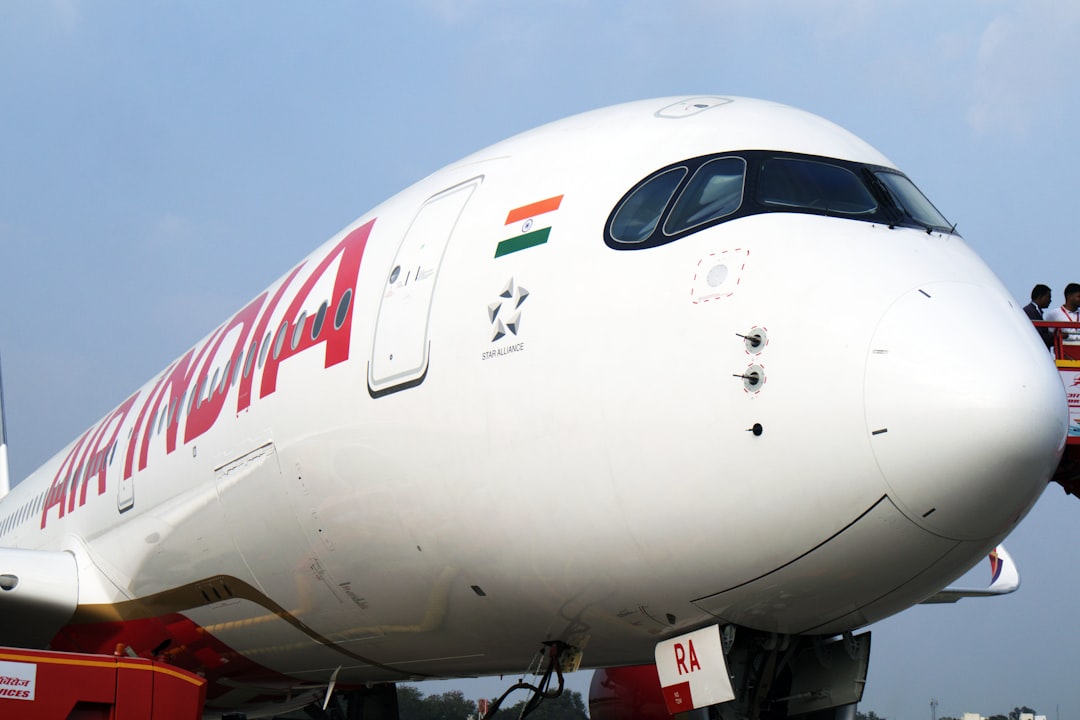
The stock market reaction tells you everything about how seriously this crash is being taken. Airline stocks such as Interglobe Aviation Ltd (IndiGo’s parent), TAAL Enterprises Ltd, SpiceJet and Global Vectra Helicorp Ltd slipped during the afternoon trading session, with TAAL Ent shares down 3.84 per cent, IndiGo slipping 3.01 per cent, SpiceJet shedding 1.85 per cent and Global Vectra dropping 0.96 per cent. Investors know that when a major airline experiences a catastrophic failure like this, it doesn’t just affect that one carrier. Flight operations at the airport have been temporarily suspended or severely restricted following the accident, likely resulting in significant delays and flight cancellations, affecting thousands of travelers and having economic repercussions for the region. The ripple effects spread through the entire industry like cracks in ice. Airlines start reviewing their own procedures, regulators launch investigations, and passengers begin questioning whether they should board their next flight.
Air India’s Rocky Safety Record
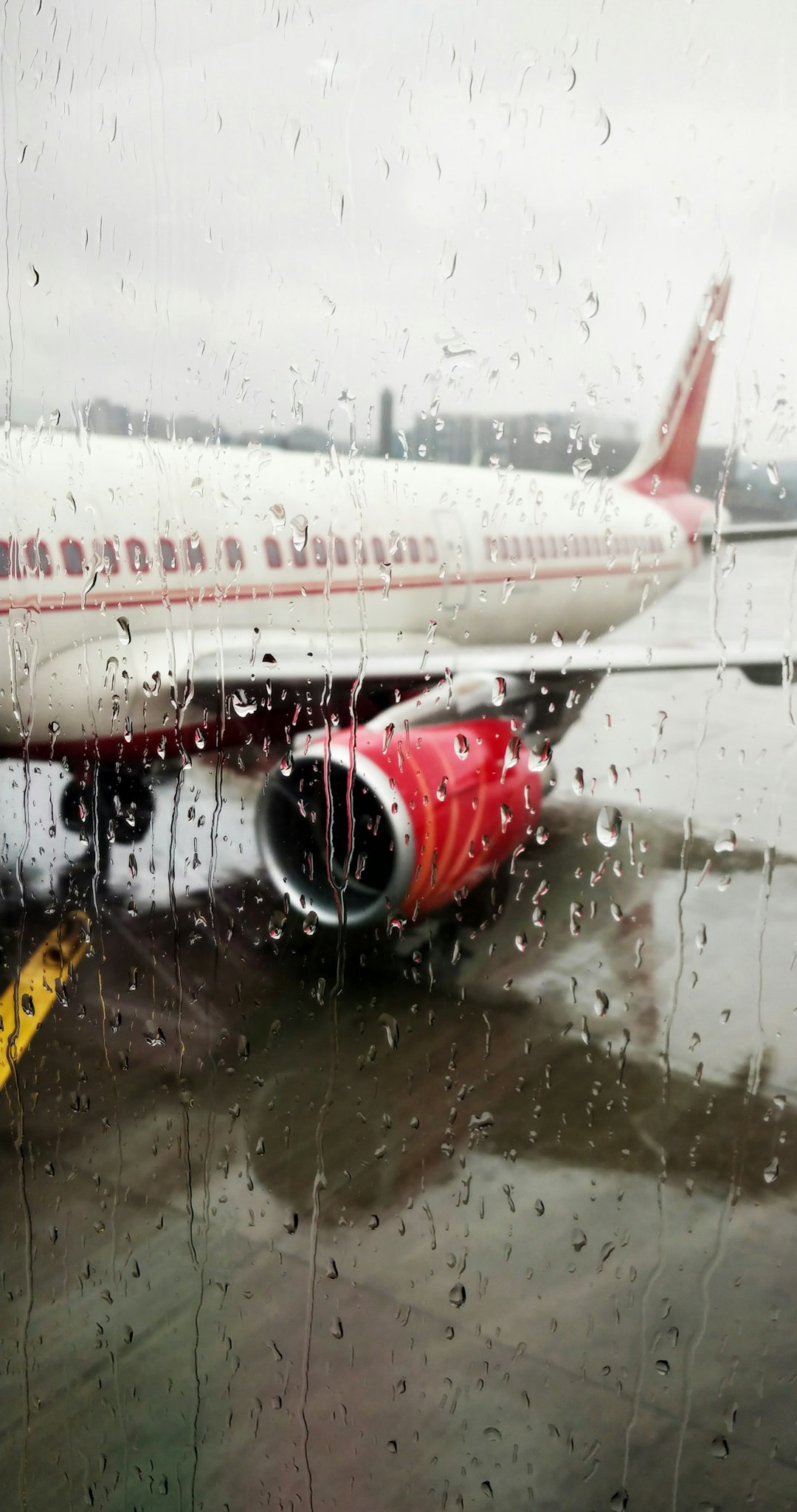
This isn’t Air India’s first dance with disaster, and that’s what makes this crash so concerning for industry watchers. Of the 166 passengers and crew on board Air India Express Flight 812 in 2010, 158 were killed (all 6 crew members and 152 passengers) with only eight surviving, making this the first fatal accident involving Air India Express and, as of 2025, the deadliest. On 22 May 2010, the Boeing 737-800 passenger jet operating the flight crashed on landing at Mangalore, with the captain continuing an unstabilised approach despite three calls from the first officer to initiate a “go-around”, resulting in the aircraft overshooting the runway and bursting into flames. That 2010 disaster revealed serious problems with crew communication and decision-making. Now, fifteen years later, we’re watching another Air India aircraft become a twisted pile of metal and flames. India, as one of the world’s largest and fastest-growing aviation markets, has made significant efforts to improve its aviation safety over the past decades, though the country has experienced some serious aviation accidents in the past that have consistently led to a review and strengthening of safety regulations and practices.
The Boeing 787: A Troubled Success Story
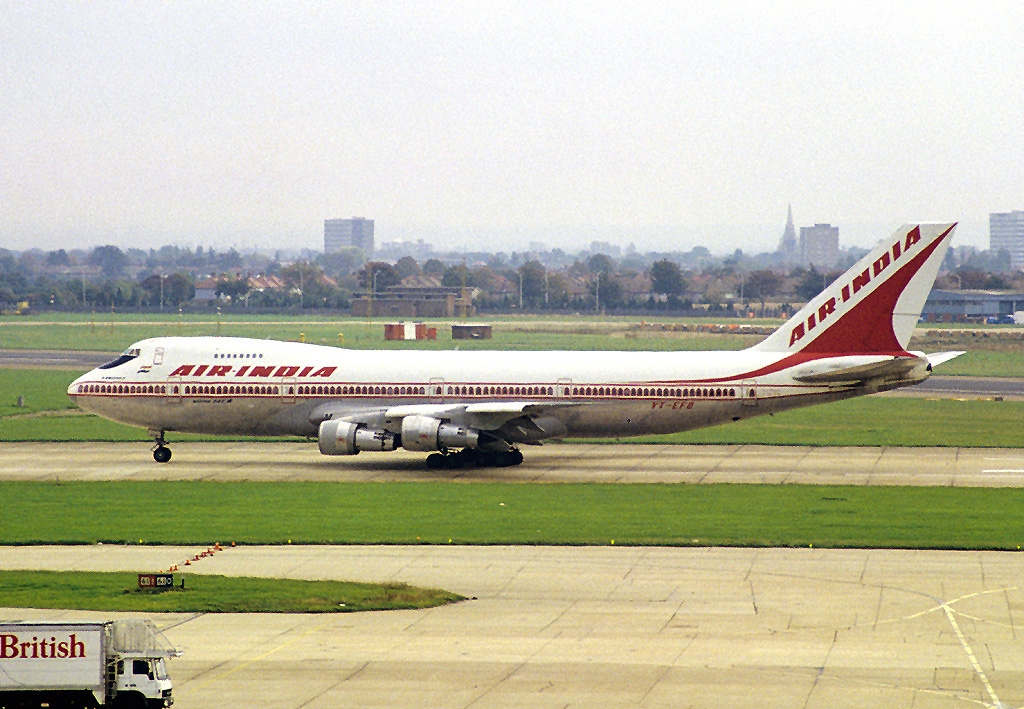
The Boeing 787 Dreamliner was supposed to revolutionize air travel, but it’s had a bumpy journey to respectability. Air India purchased the 787 Dreamliner as a part of a blockbuster deal with Boeing in January 2006 to buy 68 aircraft, with the flag carrier purchasing 27 of the 787-8 variant at a list price of nearly $4bn. Initially, Air India was to receive its first Dreamliner in late 2008, but infamous manufacturing delays pushed this date back to 2012, with the airline’s first 787 delivered on 6th September 2012, nearly three years after the expected time. The Dreamliner program was plagued by battery fires, design issues, and production problems that grounded entire fleets. There’s no doubt the 787 has modernized Air India’s fleet and helped it remain competitive in the last eight years, offering efficiency and enough passenger capacity to fulfill many important routes around the world. But today’s crash raises uncomfortable questions: have all the Dreamliner’s problems really been solved, or are we seeing new ones emerge? The Air Accident Investigation Authority published Investigation Report IVR-2025-02 regarding a serious incident involving an Air India Boeing 787-8 aircraft at Hong Kong International Airport on October 20, 2018, where the aircraft descended rapidly during an approach, triggering multiple alerts before executing a go-around at 280 feet.
What Government Officials Are Saying

The political response has been swift, which tells you how seriously authorities are taking this incident. Following the crash, Union Home Minister Amit Shah spoke with the Gujarat Chief Minister, the state Home Minister, and the Police Commissioner, assuring them of full support from the central government and saying all necessary assistance would be provided. The Minister of Civil Aviation of India, Ram Mohan Naidu Kinjarapu, stated he was shocked and devastated to learn about the flight crash, confirming they are on highest alert, personally monitoring the situation, and have directed all aviation and emergency response agencies to take swift and coordinated action with rescue teams mobilized. The DGCA has dispatched a team from Delhi to Ahmedabad, with authorities from the Directorate General of Civil Aviation beginning coordination with local emergency teams and expected to initiate a formal investigation. When top government officials drop everything to manage a crisis, you know it’s not just another aviation incident.
The Investigation That Could Change Everything
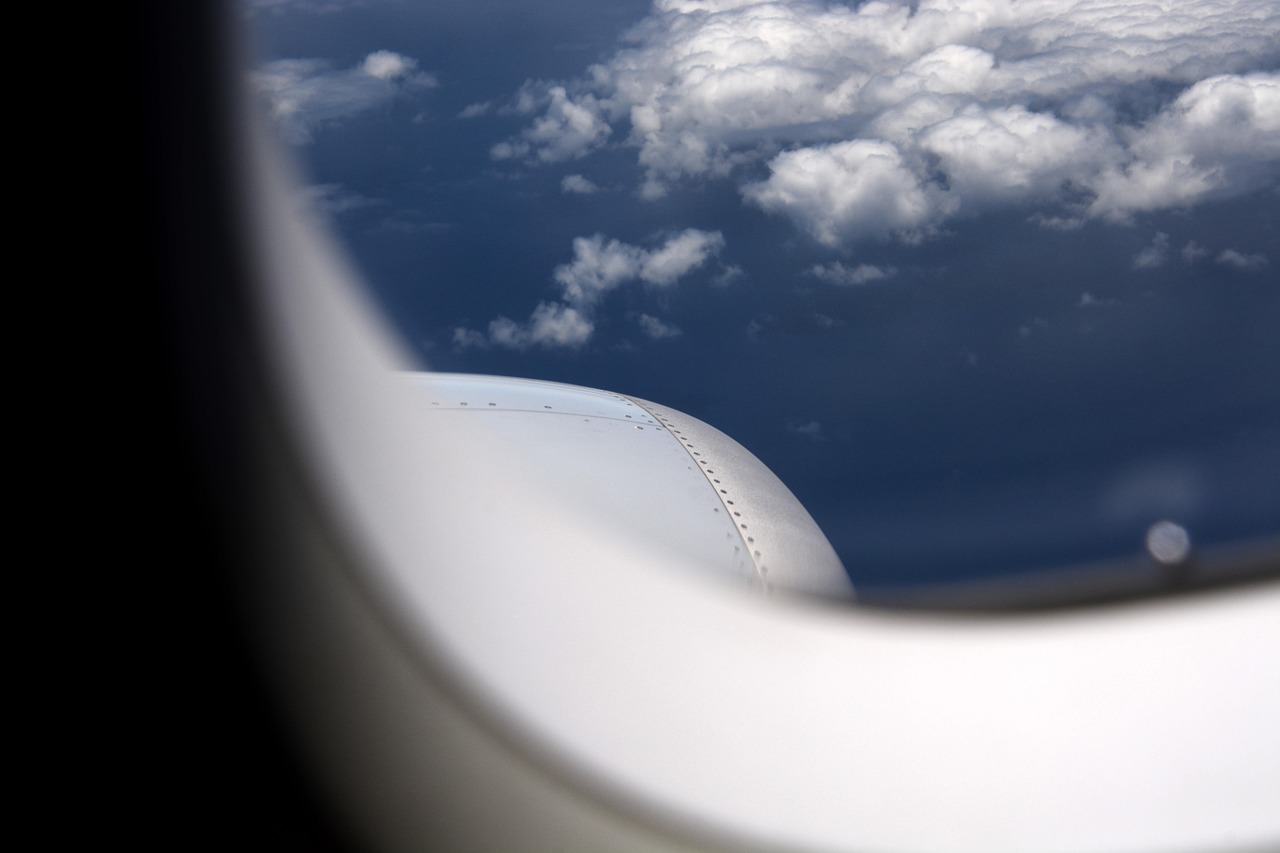
A technical team from Boeing is also likely to join the probe to assess potential mechanical or operational failures. This investigation will be crucial because it could reveal systemic problems that affect the entire global fleet of 787s. Every aviation accident, no matter how tragic, is meticulously investigated to learn lessons and further improve safety, with the aviation industry always striving to learn from past mistakes and make appropriate technical or operational adjustments. Investigation teams operate under international standards and conclude their investigations with specific safety recommendations that likely address procedural improvements, crew training enhancements, and technical response protocols when encountering anomalies during critical phases of flight. The stakes couldn’t be higher – if investigators find a fundamental flaw in the 787’s design or Air India’s procedures, it could ground fleets worldwide and force expensive modifications. Air travel is widely considered one of the safest modes of transport in the world as a result of continuous efforts to improve safety standards, technologies, and procedures, which are globally harmonized by international organizations such as the International Civil Aviation Organization (ICAO).
The Ripple Effect Across Global Aviation
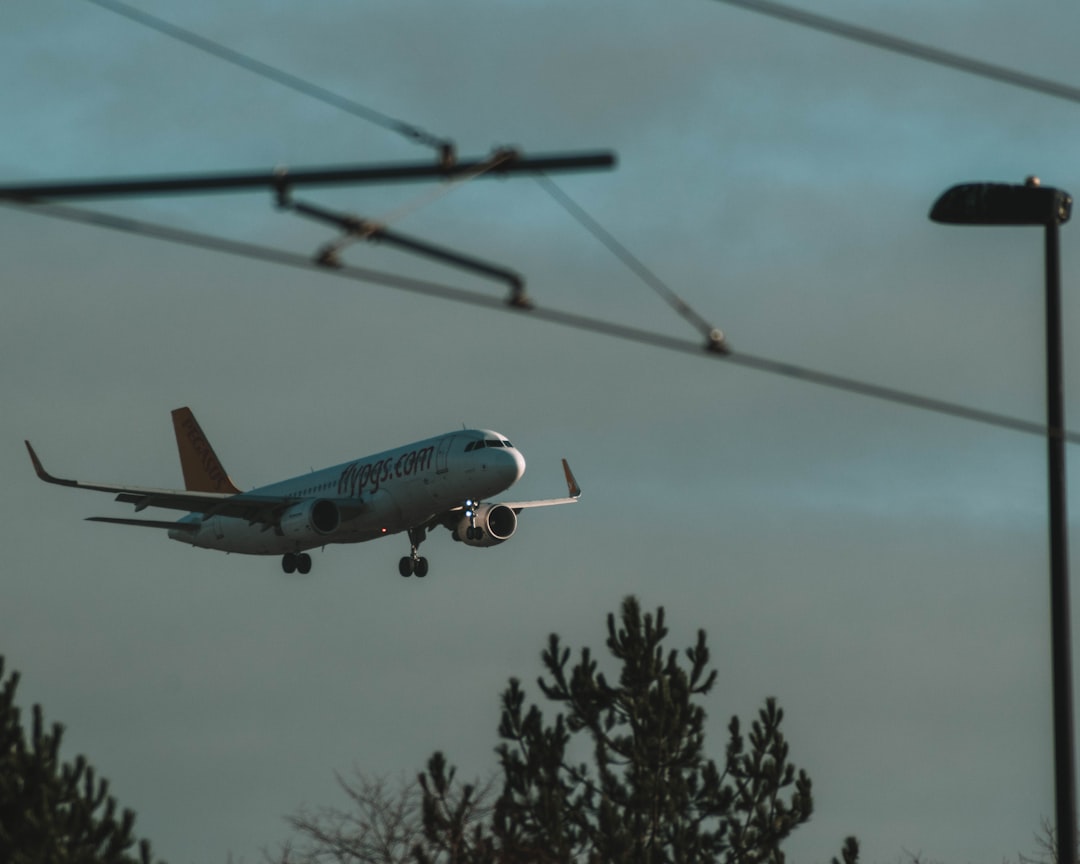
This crash doesn’t just affect Air India or even Indian aviation – it sends shockwaves through the entire global industry. Airlines operating 787s worldwide are now scrutinizing their maintenance records, reviewing their crew training procedures, and probably having some very uncomfortable conversations in boardrooms. As of May 2025, Air India operates a fleet of both narrow-body and wide-body aircraft consisting of Airbus A319, A320, A320neo, A321, A321neo, A350 as well as the Boeing 777 and Boeing 787, making a total of 194 aircraft. Air India continues to invest in the latest aviation technology, and the recent record-breaking order of 470 new aircraft renews their commitment to provide an unforgettable inflight experience, with Air India currently taking to the skies with 128 narrow-body and wide-body Airbus and Boeing aircraft. But all those investments mean nothing if passengers lose confidence in the safety of modern aircraft. Aviation regulators in Europe, the United States, and Asia will be watching this investigation closely. If the 787 has a hidden flaw, every airline that flies the Dreamliner could face massive costs for inspections, modifications, or even temporary groundings.
The Technology That Failed
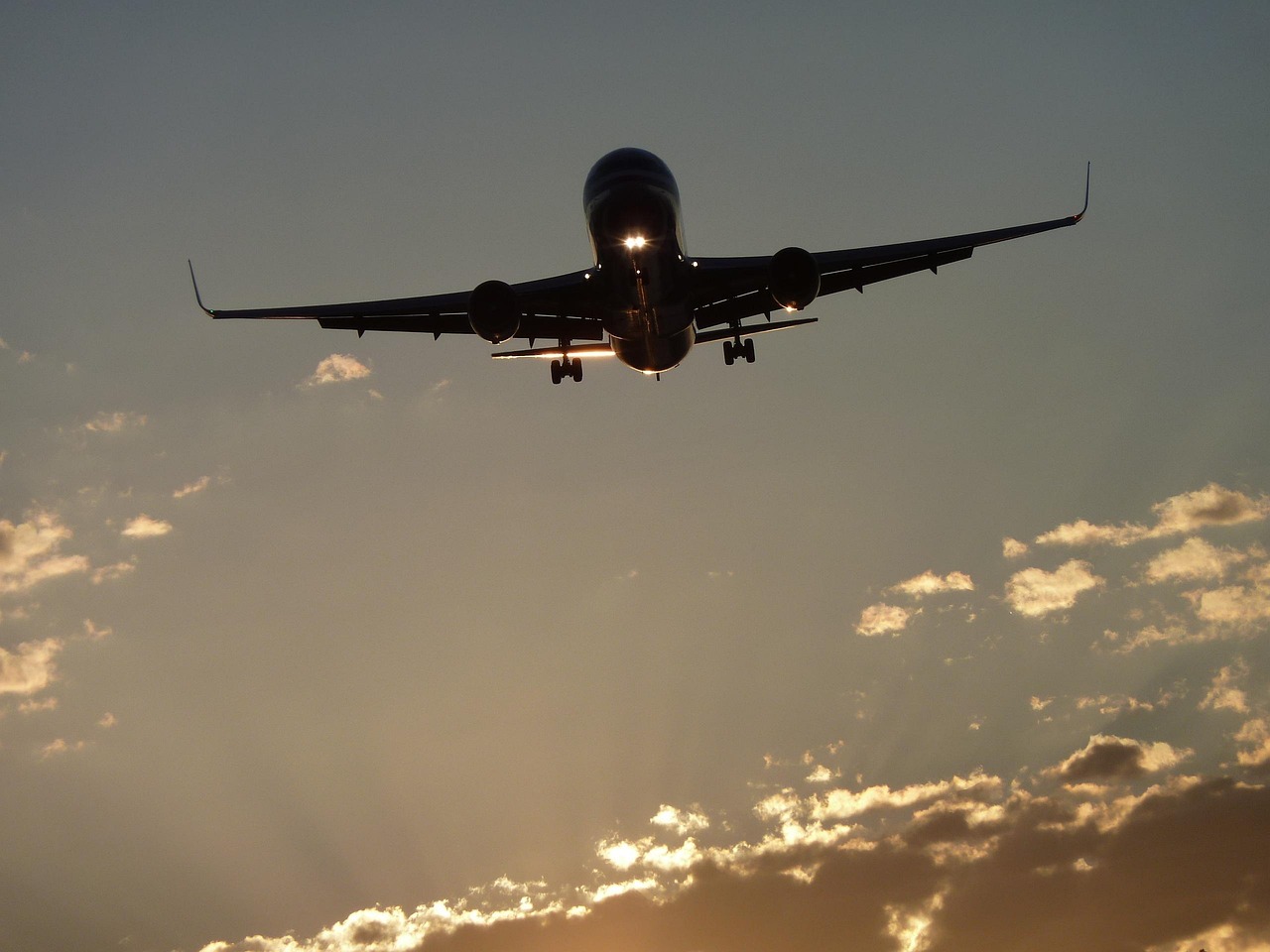
Here’s what makes this crash particularly troubling from a technical standpoint: the 787 was designed with multiple backup systems and advanced warning technologies. This Boeing 787-8 aircraft seats 256 passengers in a two-class configuration and is used on international long-haul routes, with 18 seats in Business Class and 238 seats in Economy Class. Business Class features flat bed seats with 180 degrees of recline, an exclusive check-in facility, a lounge facility, and a complimentary amenity kit, while Economy Class features improved temperature and illumination control systems, choice of continental or traditional Indian cuisine, and complimentary liquor or wine. But passenger comfort means nothing when basic safety systems fail. The 787’s computer systems are supposed to prevent pilots from making catastrophic errors, its composite construction should make it more resistant to structural failure, and its engines are designed to be incredibly reliable. More recently, Air India has been pushing the boundaries of the 787-8’s 6,600 NM range, starting flights to Washington D.C. earlier this year near the end of the plane’s range, with the 787-8 seeming to have checked all of the boxes for Air India – it’s efficient, offers decent capacity, and reaches important long-haul destinations. Yet something went catastrophically wrong within seconds of takeoff.
What This Means for Your Next Flight
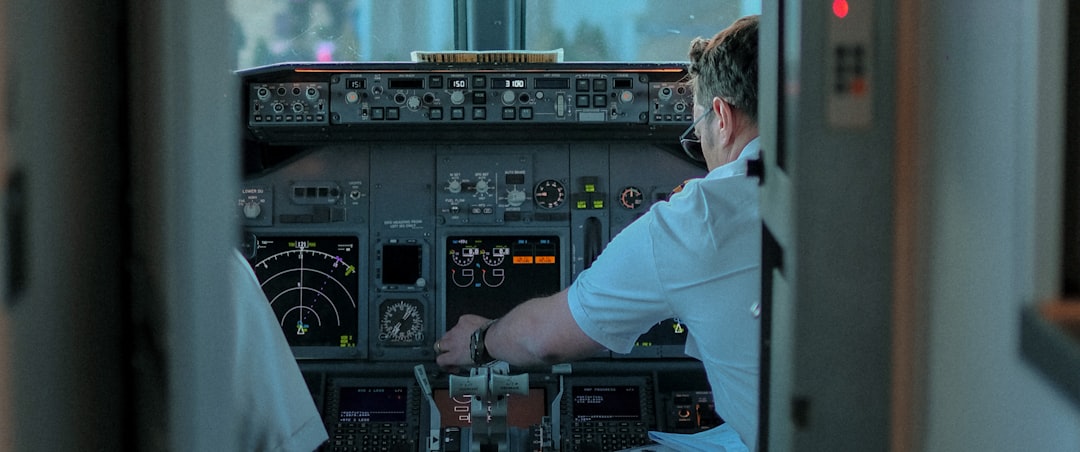
If you’re scheduled to fly on a Boeing 787 in the coming weeks, you’re probably wondering whether you should change your plans. The honest answer is that aviation authorities worldwide will be scrutinizing every 787 until they understand what happened in Ahmedabad. As of March 2025, the first retrofitted legacy narrowbody aircraft had returned to the operational fleet while the rest of 26 legacy narrowbody fleet would complete being retrofitted by the 3rd quarter of the year, with the first of the legacy widebody aircraft, a Boeing 787, to be sent for retrofitting by April 2025. Airlines might implement additional inspection requirements or modify their operational procedures as a precautionary measure. Some passengers have already expressed concerns about flying Air India specifically, given the airline’s previous safety incidents. Previous passenger reviews noted that Business class cabin conditions were concerning, with comments stating the cabin was “dirty, bad maintenance” and that the 787 from Air India was in significantly worse condition compared to other airlines’ aircraft, with seats being dirty and passengers feeling uncomfortable. The reality is that every time a major aviation accident occurs, it forces the entire industry to examine its assumptions about safety.
Today’s crash in Ahmedabad represents more than just another aviation accident – it’s a stark reminder that even in an age of advanced technology and rigorous safety protocols, catastrophic failures can still occur within seconds of what should be routine operations. The investigation findings will determine whether this was an isolated incident involving specific operational or mechanical factors, or whether it reveals systemic issues that could threaten industry-wide safety standards. What’s your confidence level in modern aviation safety after learning about this incident?




